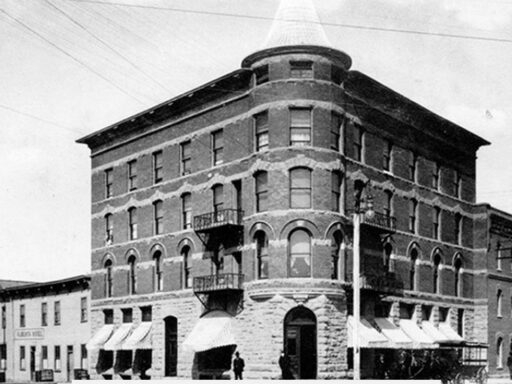People living during the Great Depression got by financially through a combination of self-sufficiency, bartering, thrifty practices, family support, and government aid. Farming and subsistence lifestyles, shared resources, job hustling, and sacrifice shaped their survival strategies.
Many rural families relied heavily on farming to feed themselves. Those fortunate enough to avoid crop failures grew most of their food. Gardens, hunting, and raising small livestock like chickens or rabbits contributed vital protein sources. Families canned preserves and butchered their own meat to stretch resources. This self-sufficient lifestyle cushioned some from the worst effects of widespread unemployment and poverty.
Bartering and sharing played key roles. Neighbors exchanged labor and food to help each other. Men might milk cows or do chores for a family in exchange for livestock later. Even children shared meager portions to support one another. These informal networks helped families survive periods when money was scarce.
Employment was unstable and often seasonal. Many workers held no steady jobs due to layoffs and company closures. Some changed jobs frequently or took odd jobs such as truck driving or railroad work when available. Others relied on government programs like the Civilian Conservation Corps. Steady income, however rare, greatly improved survival chances.
Families practiced strict thriftiness. They cut expenses to basics, gave up non-essential goods, and pooled resources within extended households. Pawning items temporarily, scavenging discarded goods, and using minimal electricity were common cost-saving tactics. Sacrifices were the norm to stretch limited incomes.
Hardship sometimes reached desperation. Millions were homeless or lived in makeshift camps, especially in urban areas. Food scarcity forced some to eat unusual items like tumbleweeds in Dust Bowl regions. Clothing made of potato sacks and meatloaf with sawdust reveal the extreme deprivation. Many downsized housing or moved to labor camps for work.
Extended families often consolidated resources by living together. Young adults frequently stayed with parents to share costs. Families clustered around breadwinners and relied on free-and-clear owned homes, including farms and inherited property. This arrangement conserved money and provided mutual care.
The federal government introduced relief through New Deal programs. Soup kitchens, unemployment insurance, and jobs provided by the Works Progress Administration and Conservation Corps offered some financial and food support. However, barracks-style housing and basic living conditions accompanied these jobs.
Regional differences shaped experiences. Rural farmers in places like south Arkansas often felt insulated compared to urban workers. The impact was uneven across the vast country, with some areas severely hit and others managing better.
Despite adversity, many maintained hope, believing better times were forthcoming. This perspective helped sustain morale during prolonged difficulties.
| Strategy | Description |
|---|---|
| Farming/Self-Sufficiency | Growing own food, canning, hunting, raising small livestock |
| Bartering/Sharing | Exchange of labor and goods among neighbors |
| Employment | Seasonal jobs, odd jobs, some steady employment |
| Thriftiness | Cutting expenses, pawning, scavenging, pooling resources |
| Family Support | Extended family living together, shared resources |
| Government Aid | New Deal programs, soup kitchens, insurance |
| Regional Differences | Rural vs urban experiences varied widely |
- Many avoided hunger through farming and gardening.
- Bartering and communal sharing helped families cope.
- Job instability forced frequent job changes and odd jobs.
- Strict thrifty living and sacrifice were essential.
- Government programs provided some relief but conditions remained tough.
- Extended families consolidated homes and resources.
- Experiences varied greatly by region and community.
- Hope and mutual care helped many endure the crisis.
How did farming help families survive financially during the Great Depression?
Many families grew their own food on farms, which meant they rarely went hungry. They raised livestock and kept gardens to supplement their meals. This self-sufficiency reduced the need to buy food.
In what ways did people use bartering and sharing to get by?
Neighbors traded labor and food. For example, some worked on a widow’s farm in exchange for meat. Families also shared small amounts of food to help those in need without money changing hands.
How did job instability impact people’s financial survival during the Depression?
Many faced intermittent work or unemployment. Some took odd jobs, seasonal work, or moved frequently to cheaper housing. Steady employment was rare and often the key to better survival.
What strategies did families use to stretch their limited money?
Families cut expenses sharply, gave up non-essential purchases, and pooled resources. Some pawned belongings to cover bills and made do without modern conveniences to save money.
What role did extended families play in financial survival then?
Families often consolidated resources around breadwinners. Multiple generations lived together, sharing housing and expenses to reduce costs and ensure basic needs were met.




